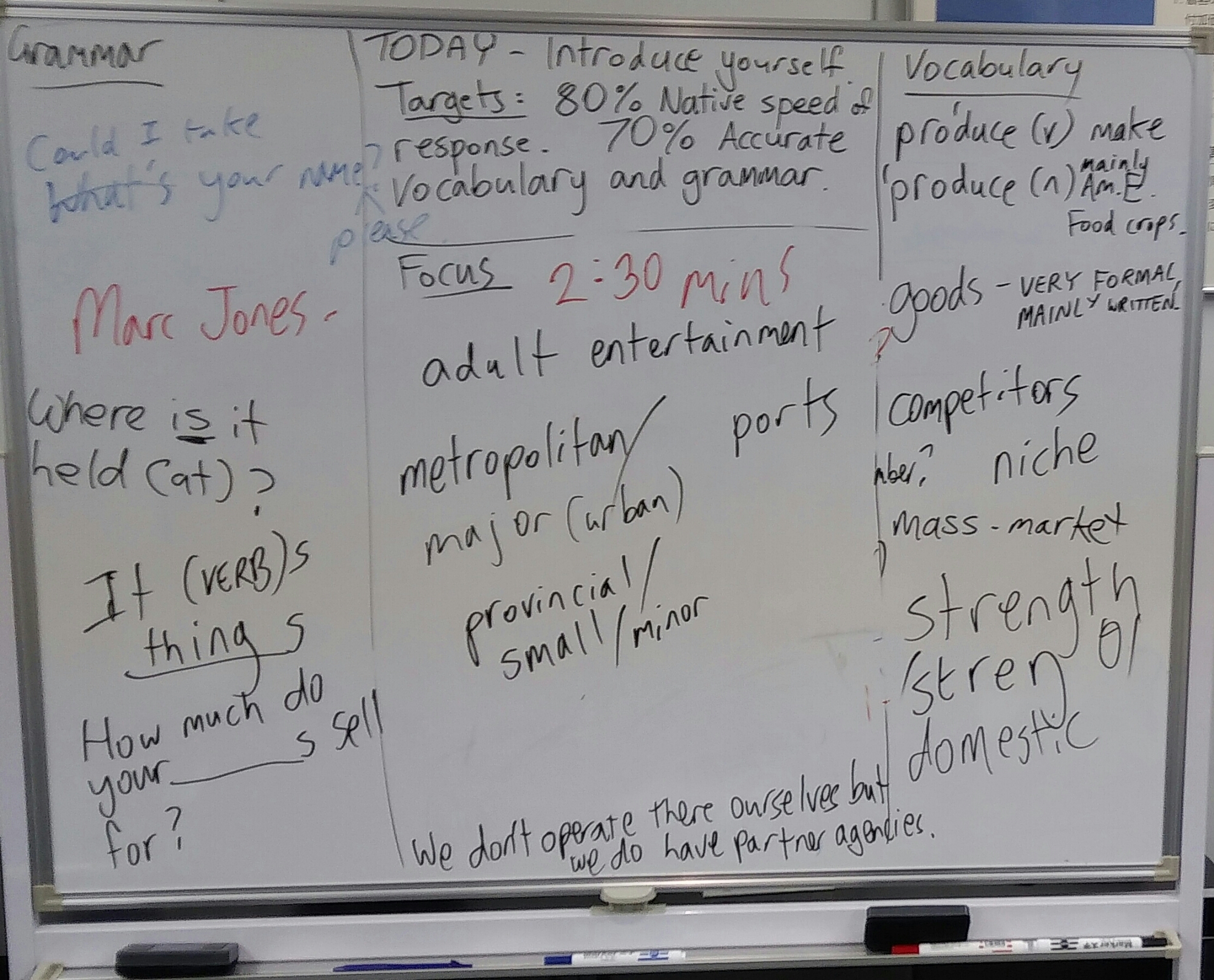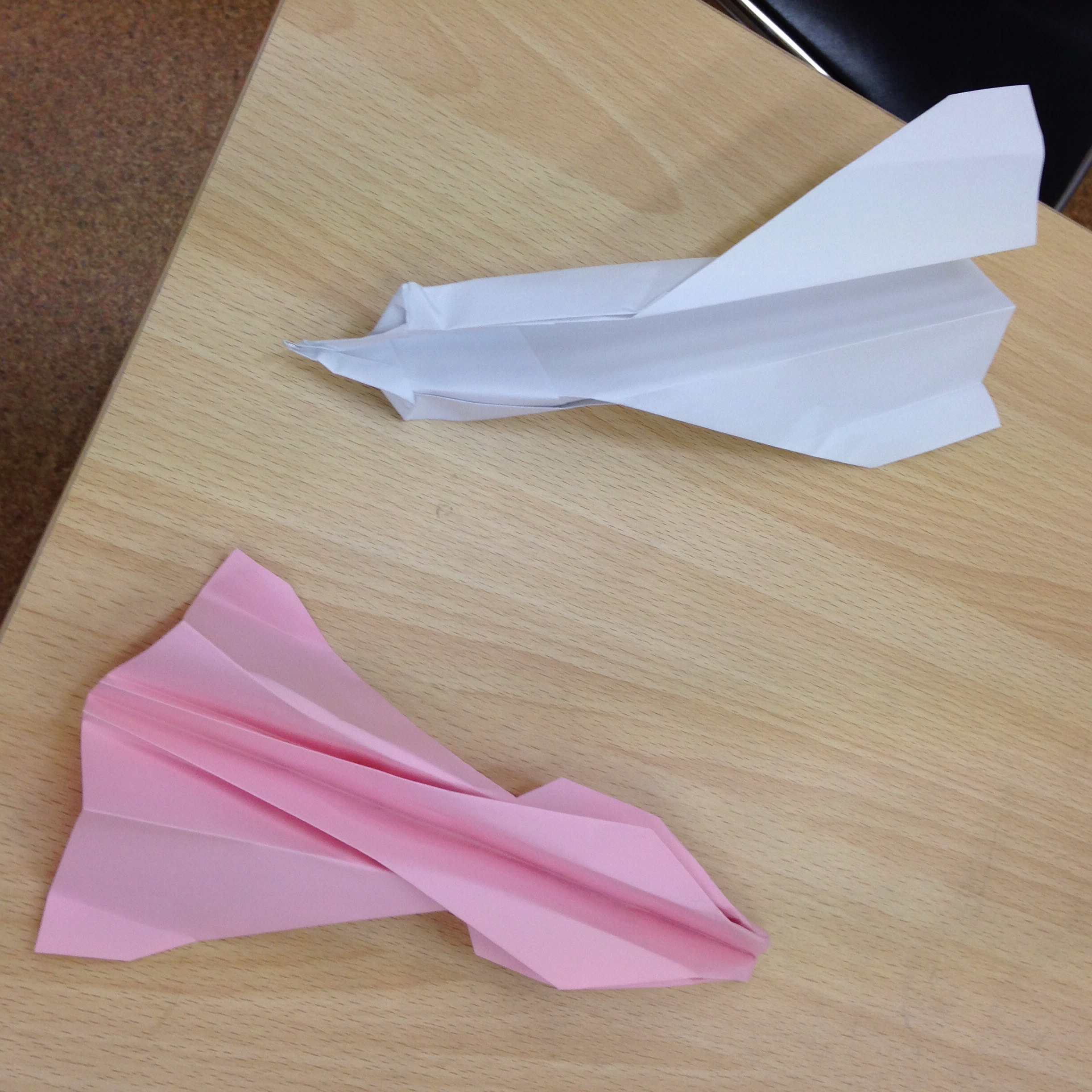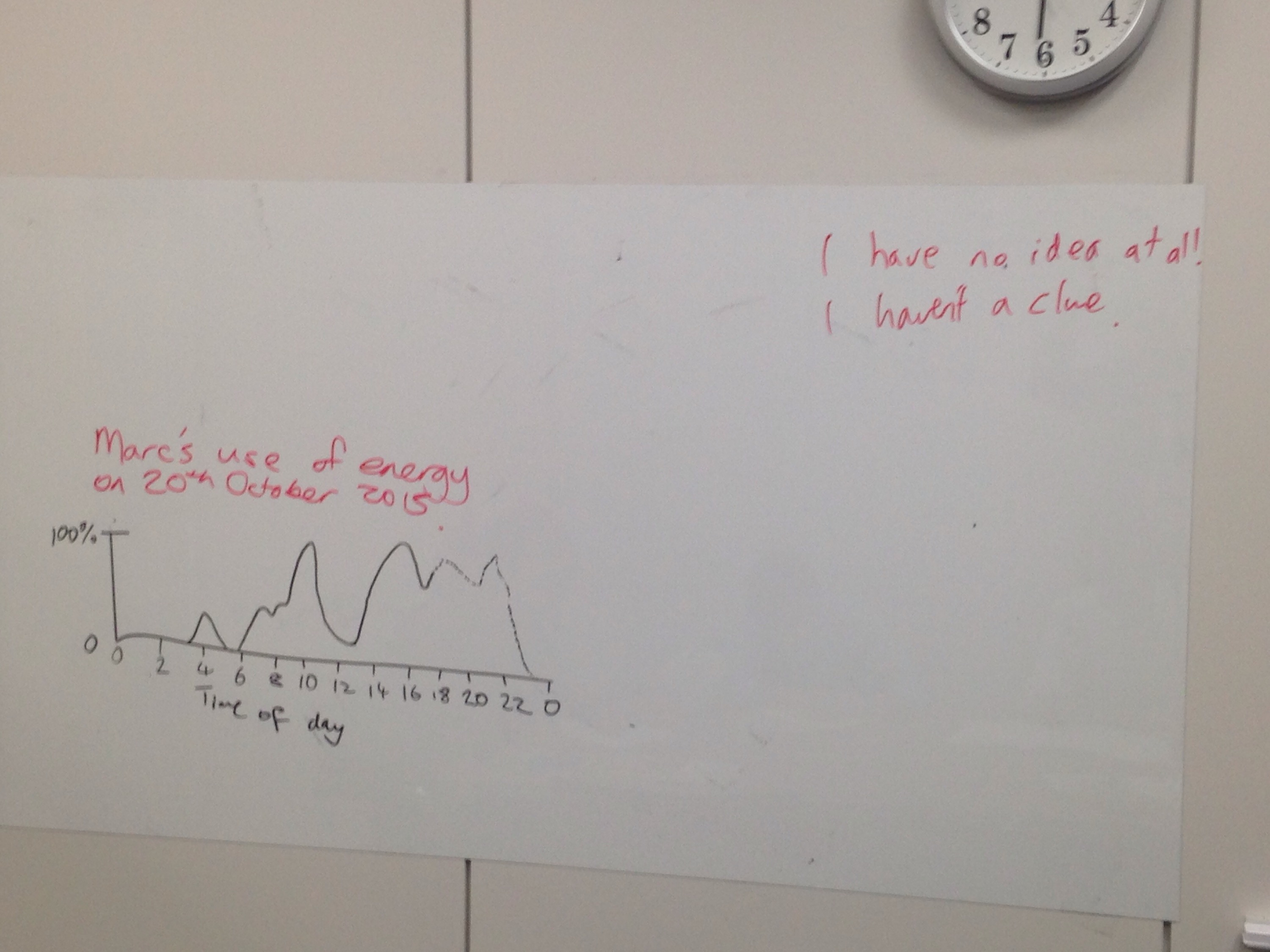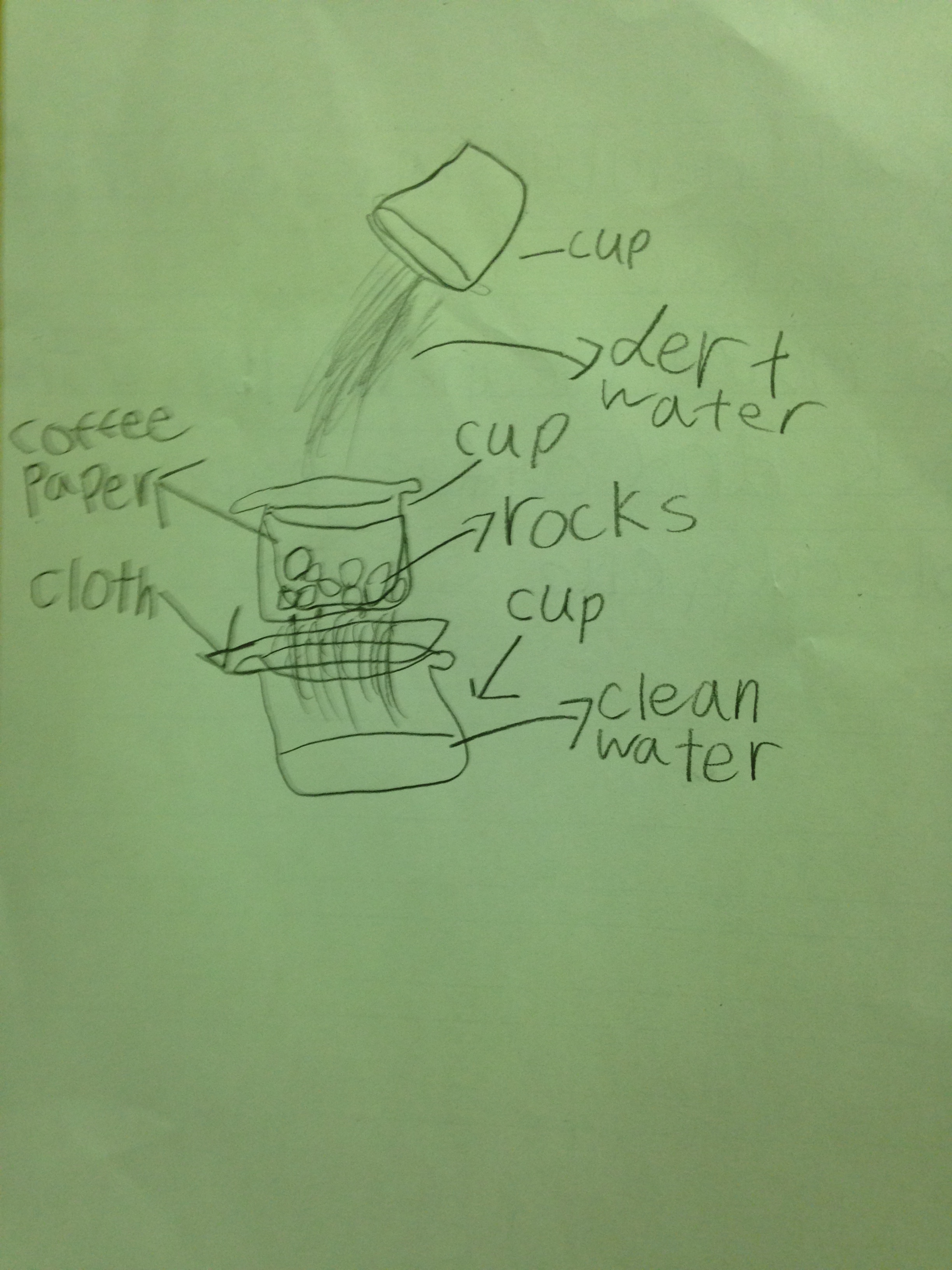In this post I’ll go over a bit of a Dogme-ish (and I say Dogme-ish because it’s kind of Task Based due to the syllabus that I knocked up based on the absolute lack of any definite needs for my university students other than ‘learn some English’). With that, I designed a bit of a travel-based task cycle, of which every lesson stands alone or links. This is the final one in the cycle and perhaps my favourite. This is a role-play lesson with a bit of a difference.
- Give out slips of paper. Tell students to each write one different foreign travel problem on the slips. They don’t need to worry about spelling very much because it’s not the point of the lesson. Take all slips in.
- Put students into groups of 4 or 5 (I’d say groups of 3 might be too much work for one person – you’ll be assigning rotating roles to the students). The rotating roles are speakers who role play each travel problem and two or three listeners who listen to all or some of the following:
- Grammatical accuracy;
- Lexical appropriacy;
- Pragmatic competence;
- Pronunciation;
- Communication strategies;
- Fluency;
- What they would do the same or do differently.
- Give the slips out, ensuring groups have as few duplicates as possible. Set the students to plan one role play (not script writing – focus on speech acts and reactivity) as a group for students 1 & 2 in the group to perform for 6 minutes. Then have students 1 & 2 perform the role play while 3 & 4 listen and then give feedback. Teacher monitors and takes notes.
- Focus on Form. Probably a good idea to cover things you noticed but the student listeners didn’t.
- All students planning again – 4 minutes this time. Students 2 & 3 perform, 1 & 4 listen then give feedback.
- Focus on Form.
- As previous planning and roleplaying but with 2 minutes planning. 3 & 4 perform, 1 & 2 listen.
- Focus on Form again.
- No planning. 1 & 4 perform, 2 & 3 listen and give feedback.
- Student groups pick the most successful role play. Teacher randomly (or not) selects pairs from each group to perform, gives feedback.






